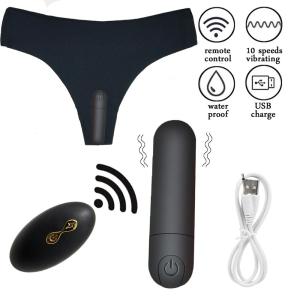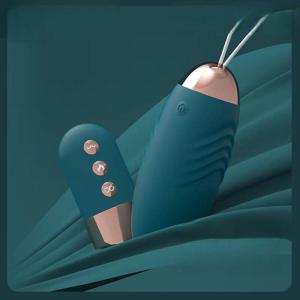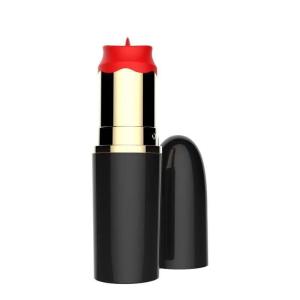Sexually transmitted diseases (STDs) are infections that are transmitted through sexual contact, including vaginal, oral, or anal sex. Some STDs can also be transmitted through skin-to-skin contact or shared needles. As sex toys become more common during sex, many people are beginning to worry about whether these toys may be a medium for STD transmission.
Silicone Wireless Bluetooth Vibrating Egg
Best Remote Gay Anal Vibrator for Men Couple Pleasure
Womens Wireless Vibrator Panties with Remote
Mini Lipstick Vibrator Speed Adjustable Privacy Bullet Clitoris Stimulator Massage Erotic Sex Toys For Women Adult Products
Small Pink Rabbit Vibrator
Mini Pink Vibrating Wand for Female
Waterproof Wireless Remote Control Vibrating Egg
Rechargeable Masturbation Lipstick Shaped Vibrator
China Lipstick Clit Vibrator
Pink Small Lipstick Vibrator
Mini Eed Lipstick Bullet Vibrator
Quiet Adult Toy Lipstick Vibrator
Portable Electric Lipstick Vibrator
Mature Lace Women Vibrating Panties
Remote Control Vibrating Panties for Women
Women Sucking Clit Vibrator With Sexy Panties
Silicone Pink Rabbit Vibrator Sex Clitoric Sucker Vagina
Silicone Wireless Bluetooth Vibrating Egg
Best Remote Gay Anal Vibrator for Men Couple Pleasure
Womens Wireless Vibrator Panties with Remote
Mini Lipstick Vibrator Speed Adjustable Privacy Bullet Clitoris Stimulator Massage Erotic Sex Toys For Women Adult Products
Small Pink Rabbit Vibrator
Mini Pink Vibrating Wand for Female
Waterproof Wireless Remote Control Vibrating Egg
Rechargeable Masturbation Lipstick Shaped Vibrator
How STDs can be found on sex toys
If a person infected with an STD uses a sex toy and the toy comes into contact with infected body fluids or tissues, STD pathogens may remain on the toy. For example, body fluids such as semen, vaginal secretions, or blood may carry pathogens. If the next person uses the same toy and does not clean it, there is a risk of transmission.

Which STDs may be transmitted through sex toys
| STD Type | Transmission Likelihood | Survival Time |
|---|---|---|
| Gonorrhea | High | Can survive on surfaces for 24 hours |
| Chlamydia | High | Hours to days |
| Herpes | Medium | Hours on surfaces |
| HPV (Human Papillomavirus) | Medium | Hours to days |
| HIV | Low | Short survival time outside the body, low transmission risk |
| Hepatitis B/C | Medium to High | Can survive for weeks to months in some cases |
Bacterial STDs (such as gonorrhea, chlamydia): These pathogens can survive on surfaces for a long time. Studies have shown that gonorrhea can survive for 24 hours and chlamydia can survive for several days, increasing the risk of transmission.
Viral STDs (such as HIV): HIV has a short survival time outside the body. According to the CDC, it quickly loses its infectivity after exposure to air, unless there is direct contact with infected blood, and the risk of transmission is low.
Skin contact STDs (such as herpes, HPV): These STDs are transmitted through skin contact. If the toy contacts active lesions or infected skin, it is theoretically possible to spread, but the actual risk is low.
Survival time of STD pathogens on surfaces
What factors increase the risk of STD transmission through sex toys:
Shared sex toys that are not properly cleaned: If sex toys are shared between different people and not thoroughly cleaned, pathogens may remain, increasing the risk of transmission.
Toys that have come into contact with infected body fluids: If the toys have previously come into contact with the body fluids of an infected person (such as semen, blood), using them without cleaning them before use may lead to transmission.
Presence of cuts or abrasions: If the user has cuts or abrasions on the skin or mucous membranes, pathogens can more easily enter the body, increasing the risk of infection.




















